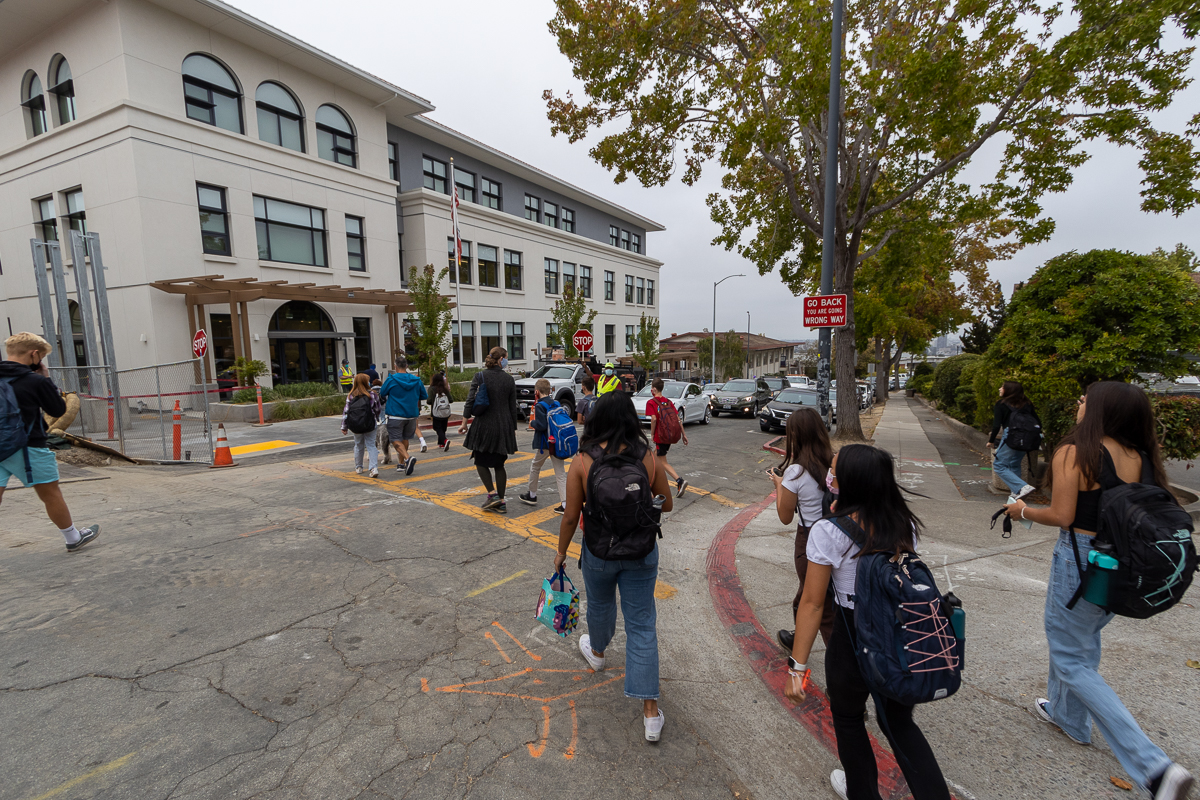In an article published on March 29, New York Times reporters dig into how the pandemic changed family life and the culture of education. In recent years the number of U.S. students who are chronically absent — defined as missing at least 10 percent of the school year, or about 18 days, for any reason — has increased dramatically across all demographics.
In Piedmont, a school district with traditionally low rates of student absenteeism, the number increased from around 5% prior to the pandemic in 2019 to 9% in 2023, per the New York Times school district lookup tool cited in the article.
The trends suggest that something fundamental has shifted in American childhood and the culture of school, in ways that may be long lasting. What was once a deeply ingrained habit — wake up, catch the bus, report to class — is now something far more tenuous.
“Our relationship with school became optional,” said Katie Rosanbalm, a psychologist and associate research professor with the Center for Child and Family Policy at Duke University.
The habit of daily attendance — and many families’ trust — was severed when schools shuttered in spring 2020. Even after schools reopened, things hardly snapped back to normal. Districts offered remote options, required Covid-19 quarantines and relaxed policies around attendance and grading.
Today, student absenteeism is a leading factor hindering the nation’s recovery from pandemic learning losses, educational experts say. Students can’t learn if they aren’t in school. And a rotating cast of absent classmates can negatively affect the achievement of even students who do show up, because teachers must slow down and adjust their approach to keep everyone on track.
Why School Absences Have ‘Exploded’ Almost Everywhere, New York Times, by Sarah Mervosh and Francesca Paris, March 29
